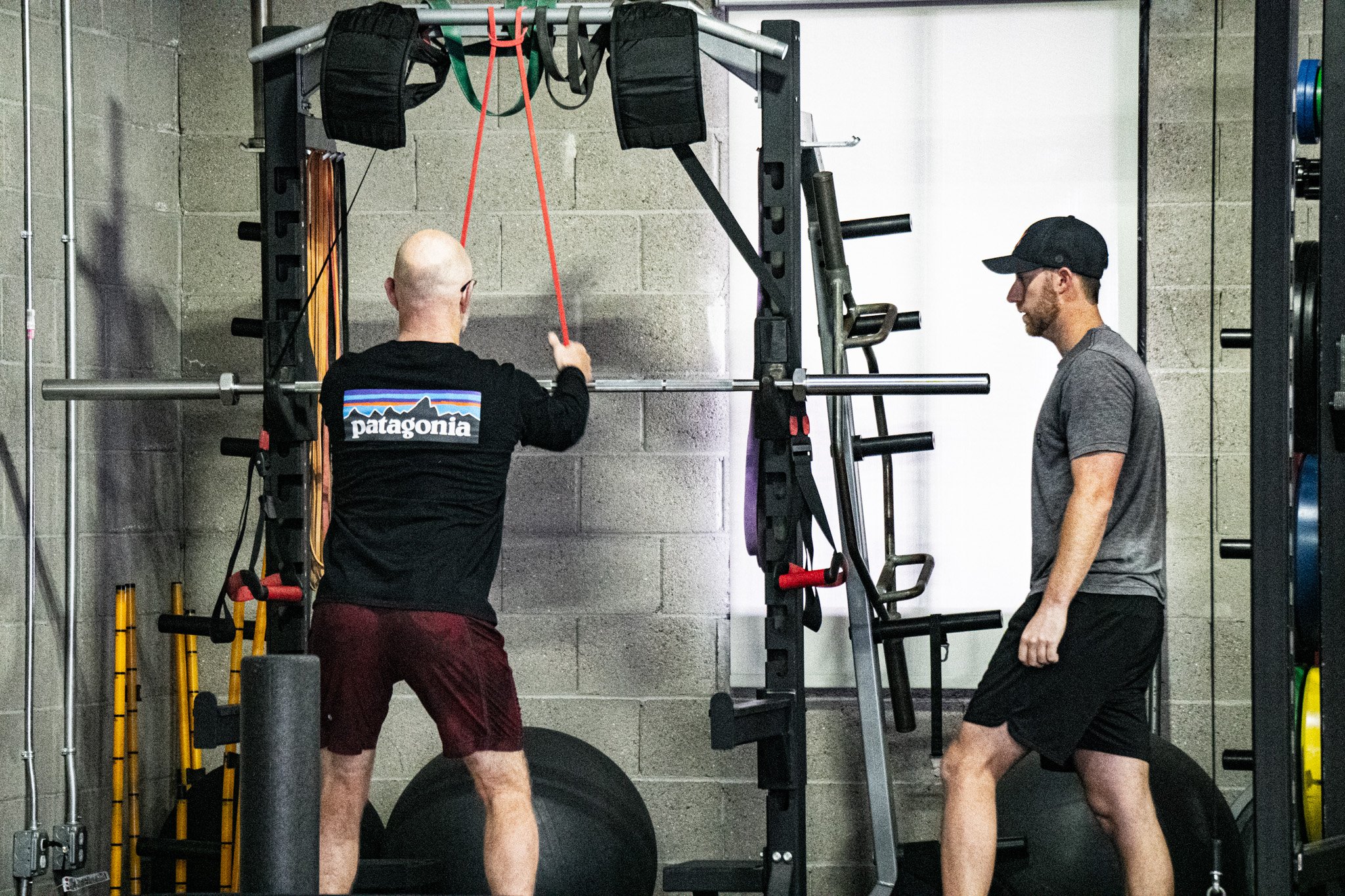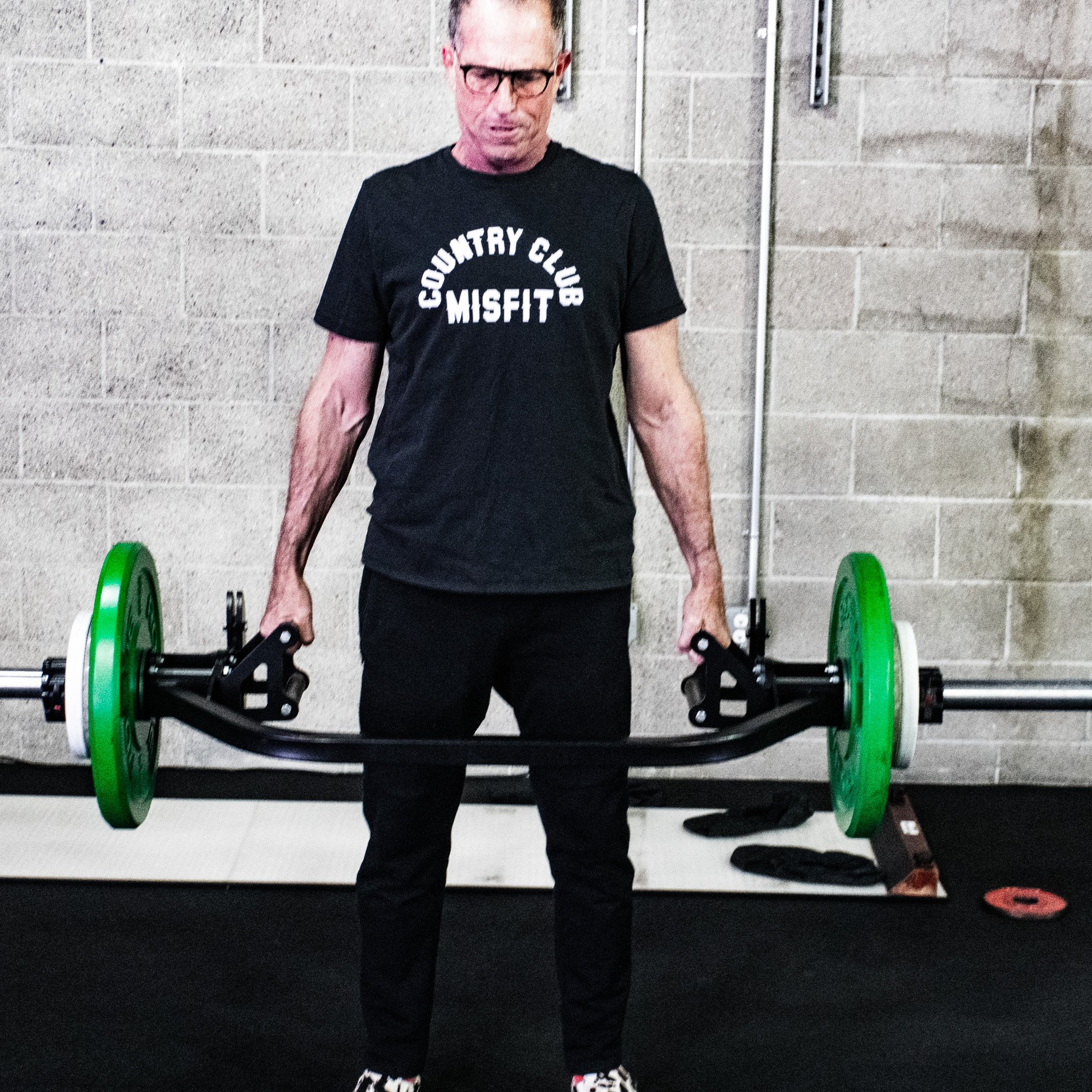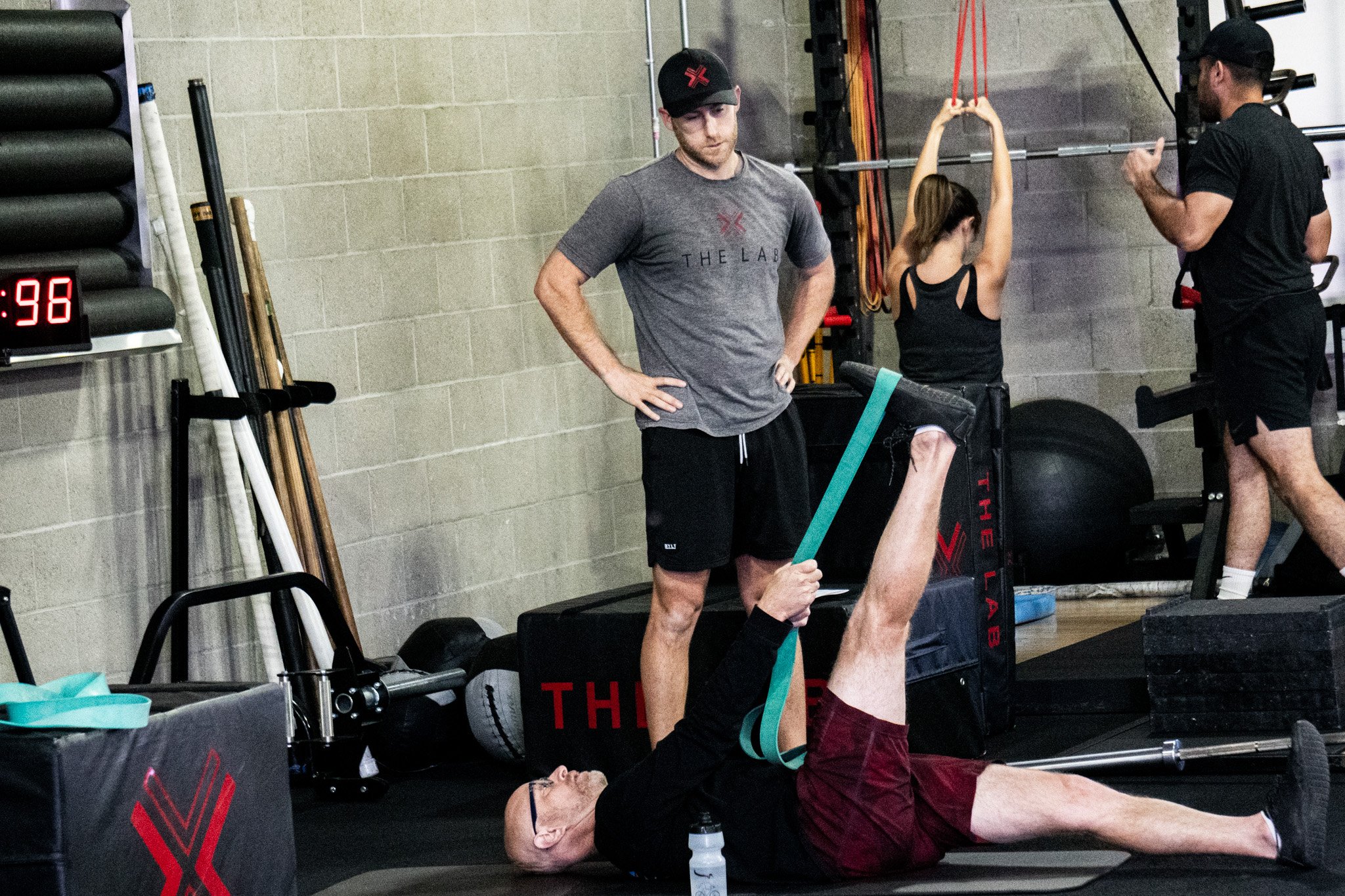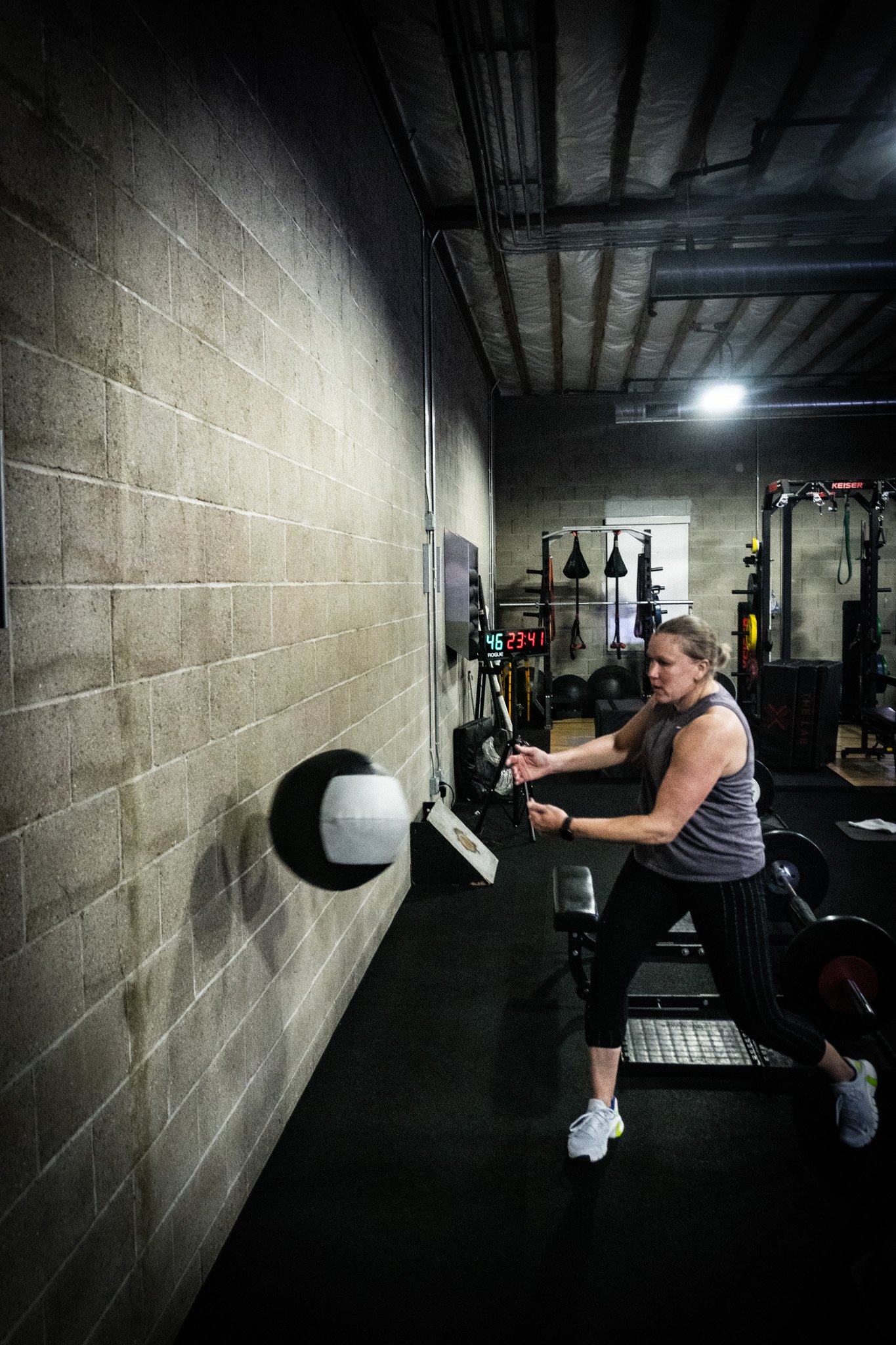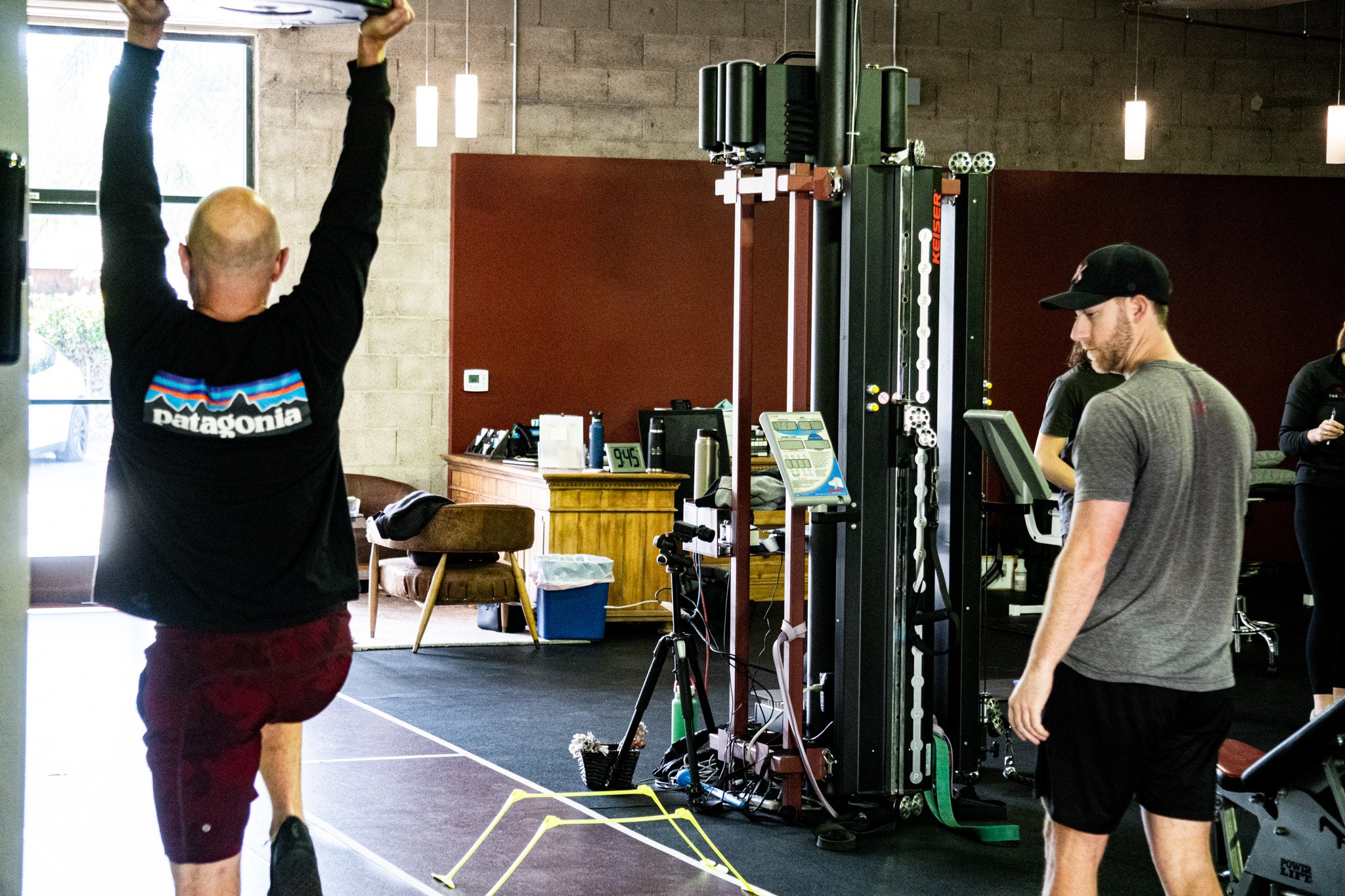Programming Your Training: Repetition versus Variety
By Jeff Rosenthal
…Do you see more improvement by repeating the same movements over and over? Or should you do random workouts to challenge yourself in ways that your body isn’t ready for? The answer lies somewhere in between. At The LAB, we attempt to find the proper balance between repetition and variety in your workouts. This article will discuss some of the pros and cons of repetition and variety in your exercise program, as well as why we program your workouts the way we do.
An article I read back when I was beginning my training journey had a simple concept that has stuck with me these 10+ years later: “Random workouts get you Random results.” While that statement on its own is oversimplified, it’s what it’s not saying that really sticks with me:
If you’re looking for specific changes (improving aerobic endurance, adding muscle mass, improving overall mobility, etc.) you need to exercise specific ways.
What does that mean? Think about it like this: If your goal is to run a marathon, but you’re only running 10 miles per week, is that enough to get you across the finish line come race day? Not likely. You’re not going to suddenly be able to run 26.2 miles in one go after only running a few miles at a time. You have to start a consistent - a repetitive - running program, progressively building up your mileage. You have to TRAIN.
Repetition in Exercise:
There’s a common question we get from new members when they begin training with us.
“Isn’t this the same workout I did last week?”
Yes! Why? Repeating workouts can lead to improvements in muscular strength, mobility, endurance, and overall coordination. But these changes typically take anywhere from 3-6 weeks (and sometimes longer), and can depend on a multitude of factors including (but not limited to) your experience level, training consistency, age, and lifestyle habits/choices (sleep, nutrition, etc.) If we change your workout every time you train, how could we track progress? It’s difficult to assess from one week to the next if you’re constantly doing different exercises. We will make tweaks and adjustments from week to week as needed, but your workout may largely look the same for 3-6 weeks before we change it up (more on this later).
Repeating movements improves neural pathways that help make these movements more efficient. Have you ever tried a movement for the first time - a hip hinge or split squat - and felt awkward doing it? We all have. You feel like you have to think about every moving part, it feels clunky, and takes a high amount of focus. However, the more you do it, the less awkward it becomes. People often use the term “Muscle Memory” to describe this phenomenon. It’s referring to the neural pathways that have been established from the brain to the muscles, which become more efficient through repetition. After enough repetition, the movements start to feel more “automatic,” you don’t have to think about them nearly as much, and you become more efficient at them.
Often times you’ll make big improvements in the amount of resistance you can do in the first few weeks because your body becomes more efficient from performing the exercise over and over. Your initial “strength gains” are more likely “neural gains.” But this is the first step into getting stronger. It involves repeating exercises and movements. It involves TRAINING.
While repetition has its benefits, there are some drawbacks to consider. Repetition can lead to undue stress on specific muscles and joints, which can lead to overuse injuries. This is where both our knowledge of a member’s injury history and our staff’s ability to communicate regularly with the members becomes so valuable. Regular communication with our members helps us adapt programs as needed.
Another potential drawback to doing the same workout over and over is it can lead to boredom and lack of motivation. The last thing we want is for our members to lose interest from doing the same workouts for too long. What’s too long? That can differ from member to member, and that’s ok! The more open conversations we have members about your training, the better we can tailor a workout that keeps you motivated; something with a little more variety, if necessary.
Variety in Exercise:
While repetition in exercise is important, there is a place for variety in your exercise routine. A strength coach by the name of Charles Poliquin used a phrase, “Variation without Change.” You might go through a cycle of squats to strengthen your quads and glutes, then switch over to step ups for the next cycle. You’re hitting the same muscles, but the load and movement demands change. You’re adding variety, shaking things up, but still working towards the same goals.
At The LAB, we choose 4 to 6 “primary” lifts to cycle through for each member. These are typically compound strength movements (squats, lunges, deadlifts, chest presses, rows, etc) and are member-dependent, based on training age/experience, injury history, and goals. One goal with the primary lifts is to track your strength progress. You may also be able to move on to more advanced variations of these movements (such as going from a Kettlebell deadlift to a trap bar deadlift.)
While the primary lifts are intended to be done a little more consistently (3-6 weeks consecutively), the accessory movements that follow each primary lift can be changed up more often (2-4 weeks). These accessory movements typically include plyometric variations, isolated strength movements, core exercises, and mobility that work towards some of the member’s goals.
As discussed previously, variety in your exercise selection can also help to avoid overuse injuries. However, the art of programming comes by figuring out how much loading is appropriate for a given client. Factors such as load tolerance, injury history, age, fatigue, and outside activity volume (running/cycling, sport, other workouts, etc) are all a part of the equation.
Conclusion:
There is benefit to both consistency and variety in training, which is why the best programs incorporate both, to varying degrees. Our goal is to find the right model for each individual. What works for Person A may not work for Person B.
To be honest, true training is not the most exciting process in the world. It’s not sexy. It involves consistency. When we want to hit specific goals, we need to consistently do movements that target those goals. We need repetition. To improve your pull ups, you need to do pull ups. To improve your jumping, you need to jump. To improve your capacity to hike, you need to hike.
As a trainer, I love educating people. My goal with any of our members is to have them feel as though they’ve learned something in their time with us. If a new member asks me “Why am I doing the same workout I did last week?”, I jump at the opportunity to explain why. It’s not because we’re lazy. It’s not because we don’t care about your progress. It’s just the opposite. This is how we get the most of out of your time with us. This is how we work to achieve goals. This is how we TRAIN.
Jeff Rosenthal is the Lead Performance Specialist at The LAB. He has worked at The LAB and P3 since 2017. Jeff graduated with a degree in Kinesiology from San Diego State and earned his CSCS (Certified Strength and Conditioning Specialist) Certification in 2013. His resume includes working as an intern in the SDSU strength & conditioning room, a performance specialist with Nakoa Fitness and Physical Therapy (where he worked with general population as well as amateur and professional athletes), and Director of Training with Plus One/Optum Health Management at their Qualcomm site in San Diego. Jeff played competitive club baseball into his early college years and still enjoys playing in the local Men’s League on weekends. You’re also likely to run into him on the golf course or at the Santa Barbara Bowl. Contact Jeff at jeff@thelabsb.com


